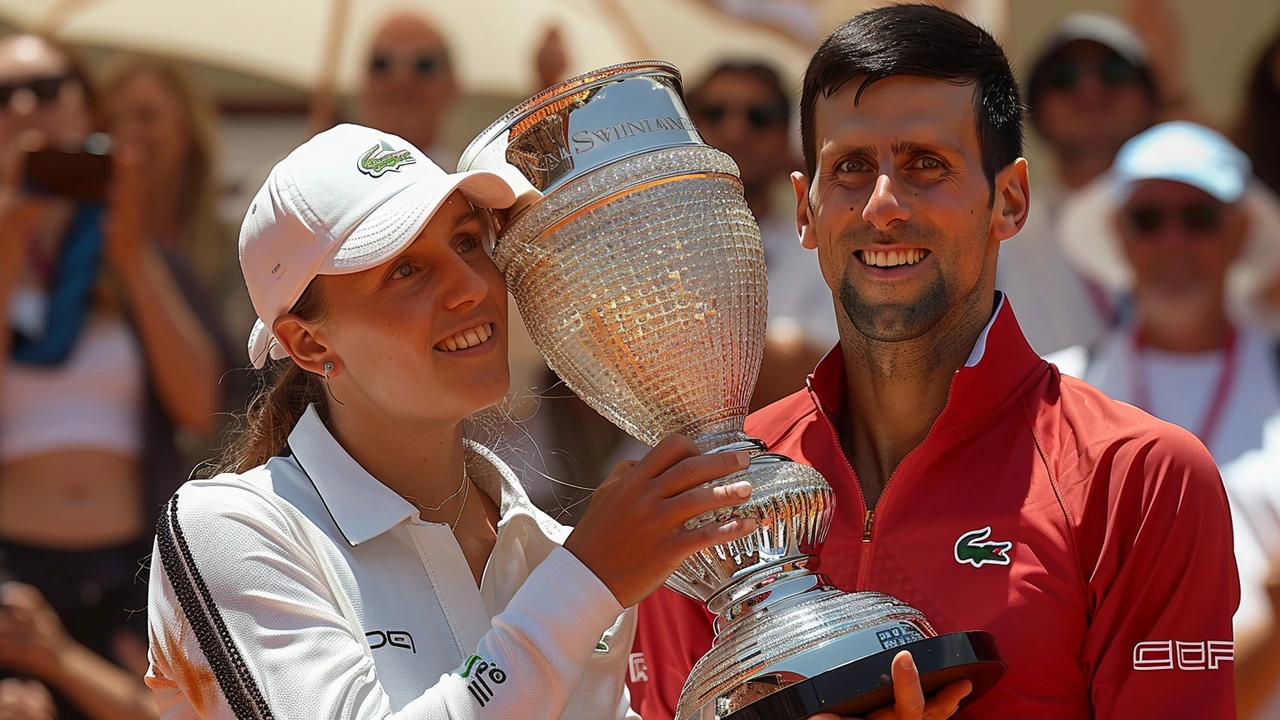
French Open 2024: A Grand Slam to Watch
The French Open 2024 is set to captivate tennis fans worldwide as it kicks off at the iconic Roland Garros stadium in Paris. This Grand Slam event is renowned for its challenging clay courts, where the best players in the world will compete for prestige and glory. Defending champions Novak Djokovic and Iga Swiatek are spotlighted among the top players to keep an eye on this year.
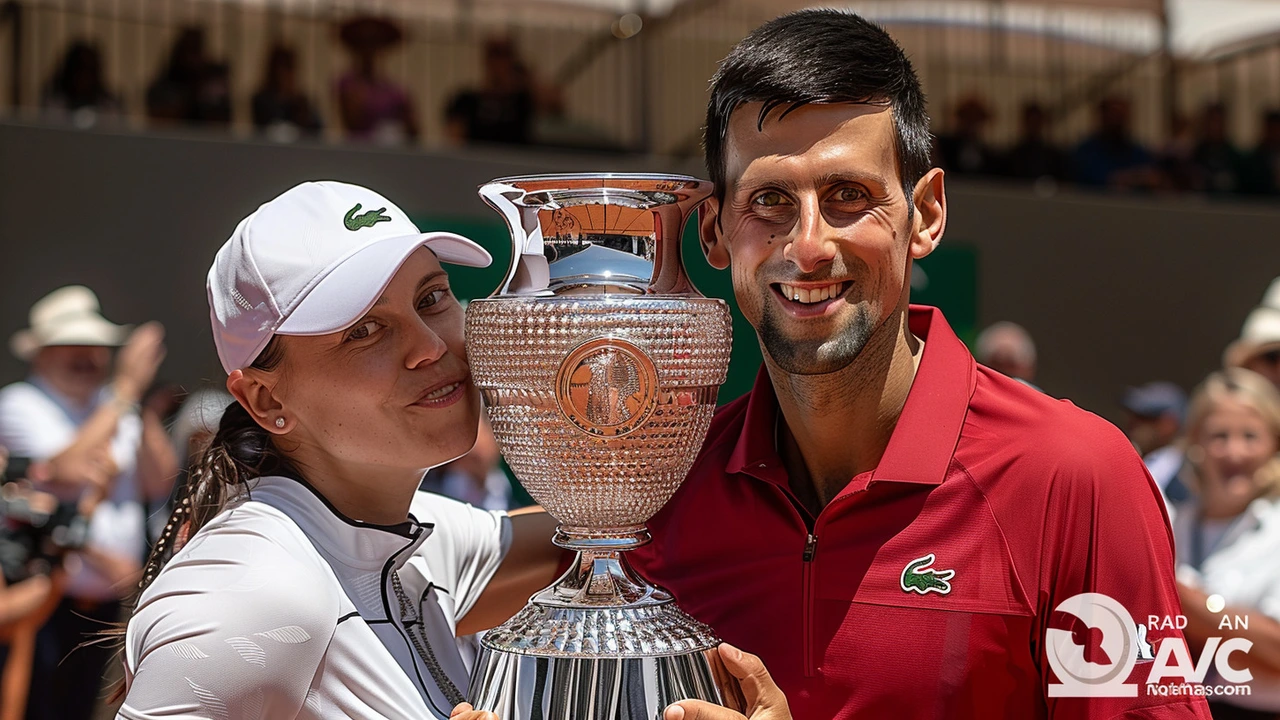
Men's Singles: A Wide-Open Title Race
The men's singles competition at Roland Garros promises to be thrilling, especially with the likelihood of a shakeup at the top. Rafael Nadal's looming career end has left his usual dominance on clay as a distant memory for fans. Meanwhile, Djokovic, a multiple Grand Slam champion, has yet to find his form in 2024. Remarkably, he hasn’t claimed a title this year and remains doubtful about his participation, despite being injury-free. This scenario opens the door for other emerging talents and seasoned players to leave their mark.
One of the notable contenders is Andrey Rublev, who recently clinched the title in Madrid. His powerful game and growing tenacity make him a difficult opponent on clay. Similarly, Alexander Zverev’s recent triumph in the Internazionali d'Italia has bolstered his credentials ahead of Roland Garros. Casper Ruud is also eyeing the opportunity to capitalize on a potential change in the tennis hierarchy. Having reached two finals back-to-back and sharing victories with Stefanos Tsitsipas, Ruud is in fine form ahead of the tournament.
Tsitsipas has flirted with Grand Slam success in recent years, but his performances have been inconsistent. A deep run at Roland Garros could redefine his career. Additionally, the absence of Carlos Alcaraz and Jannik Sinner, who both withdrew from Rome, makes the men's draw more open and unpredictable. British hopeful Jack Draper has also garnered attention after overcoming early-career injuries, making him a dark horse in the tournament.
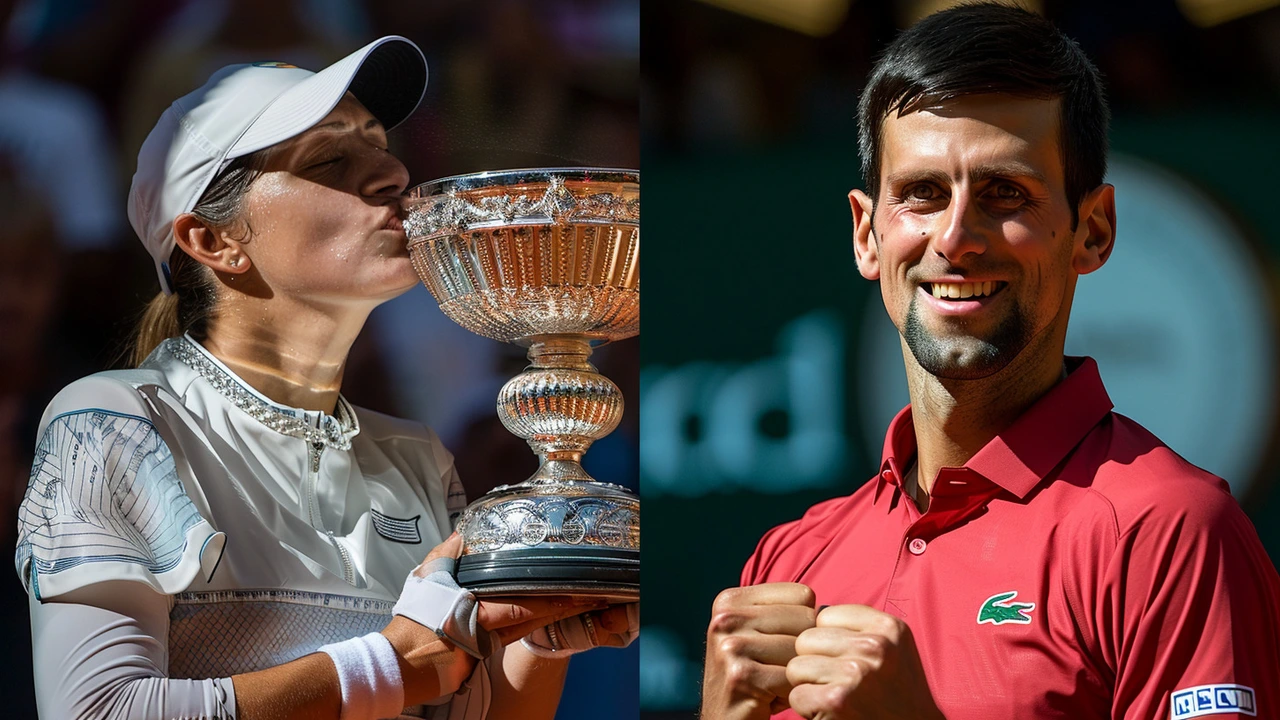
Women's Singles: Swiatek Aims for a 'Three-Peat'
On the women's side, Iga Swiatek stands as the player to beat. She is looking to achieve a 'three-peat' at Roland Garros, having already secured her third Rome title in four years. Swiatek’s dominance on clay and her current form make her a formidable contender. Aryna Sabalenka, known for her powerful game, also poses a significant threat to Swiatek's dominance. Her aggressive style could translate well to the clay courts, making her a strong challenger.
Coco Gauff is another player worth watching. The young American is slowly building up her form and has shown that she can compete with the best on clay. Elena Rybakina’s fitness is, however, a concern. She had to withdraw from both Indian Wells and Rome due to injury, casting doubt on her ability to perform at her peak. Still, if fit, she could be a contender.
Veteran Danielle Collins is enjoying a late-career resurgence, showcasing remarkable form. Her experience and newfound vigor could make her a surprise package at Roland Garros. Additionally, Katie Boulter has made significant improvements, climbing into the top 30 following her second WTA Tour title. Her upward trajectory suggests she could cause a stir in the tournament.
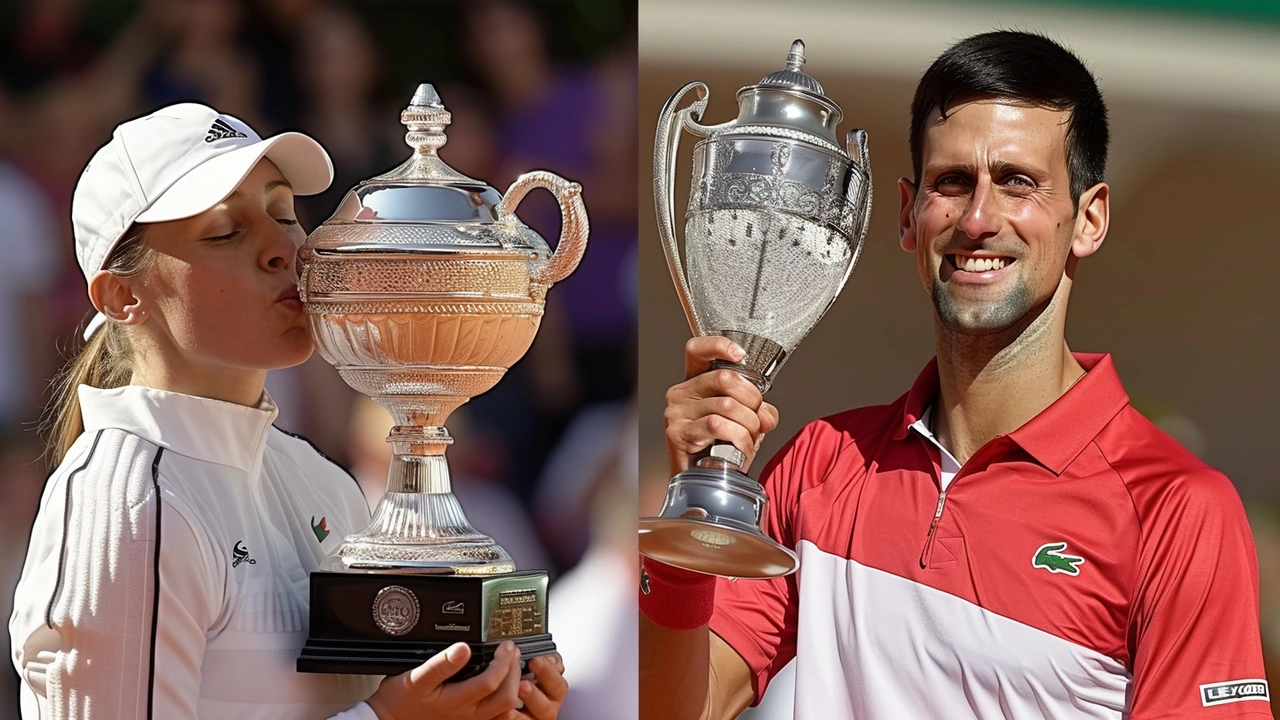
Coverage and Expert Analysis
The French Open 2024 will be comprehensively covered on Skysports.com and the Sky Sports app. Fans can look forward to expert analysis, detailed draws, schedules, and the order of play, ensuring they don't miss a moment of the action. The unique challenges of the clay courts in Paris always add an extra layer of excitement and unpredictability to the tournament, making it one of the most eagerly anticipated events in the tennis calendar.
As the tournament unfolds, the dynamics of the sport may change, young players may rise, and veterans might claim their final glory. Whether you're rooting for the defending champions or hoping for a new name to lift the trophy, the French Open 2024 promises to be a spectacle of skill, resilience, and passion.
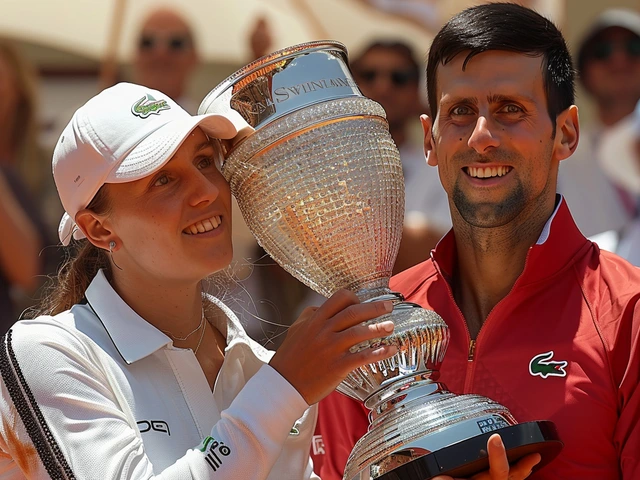
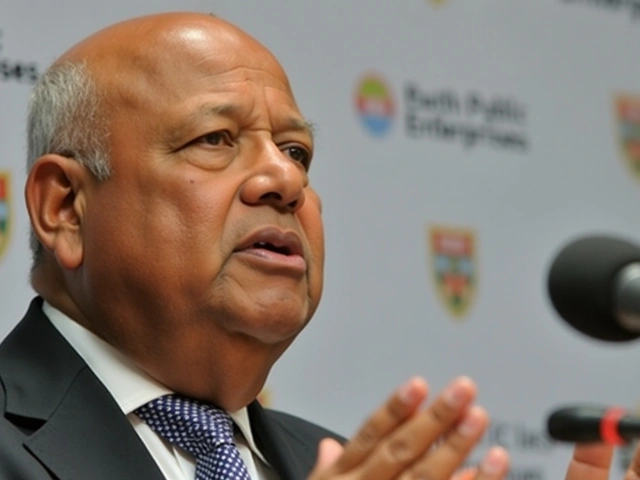
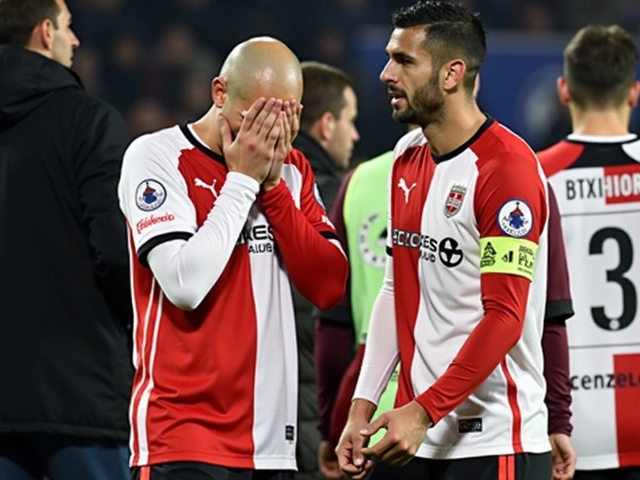
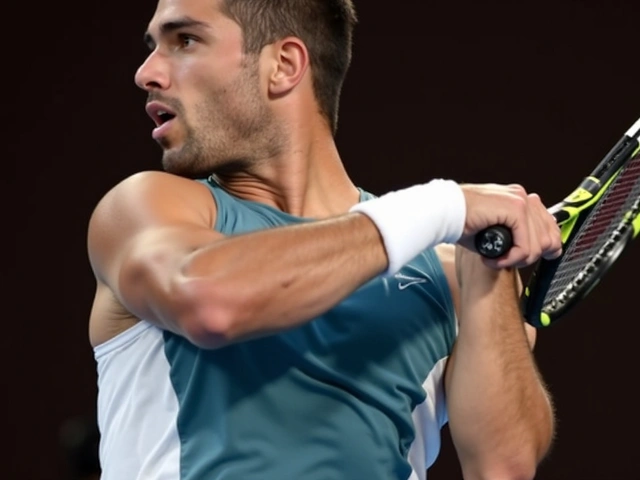

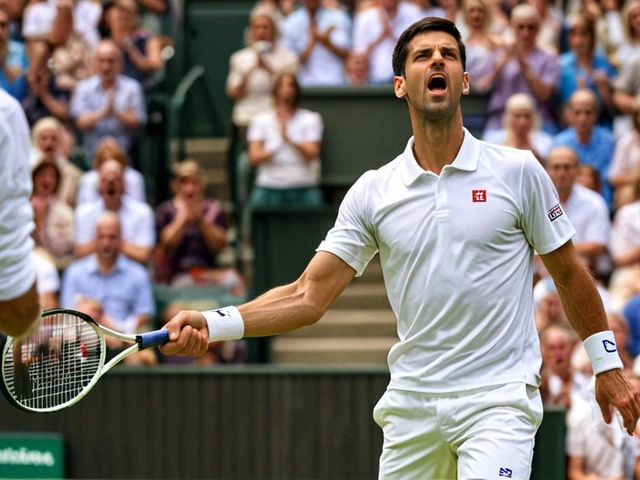
The clay courts whisper of destiny; every rally is a fleeting echo of our mortal ambitions.
Wow, the French Open is back and the excitement is off the charts!!! 🌟 From the thunderous serves to the graceful footwork on the red earth, every match feels like a celebration of pure athletic art!!! Let’s cheer for the legends and the newcomers alike, because this tournament promises fireworks at every turn!!! 🎾💥
Ah, Paris, the city of love, fashion, and now a battleground for clay-court warriors. One would think the Eiffel Tower would get jealous of all the attention the courts are receiving. Yet, beneath the romance lies a ruthless contest where even the most polished backhands can crumble. So, grab your baguette and your favorite player’s jersey, because the drama on the terre battue is about to outshine any runway show.
Honestly, the article’s description of Djokovic’s “injury‑free” status is misleading-he’s not “doubtful about his participation”; he’s simply undecided. Moreover, the phrase “legendary dominance” should be qualified when referring to Nadal’s recent injuries. Let’s stick to facts, not fluff.
Just gotta say, the vibe this year feels fresh-new faces, old battles, and that unmistakable Parisian charm. Can’t wait to see who’ll finally break the clay curse.
Looks like the field’s wide open, especially with Alcaraz and Sinner out of Rome. Expect some surprise runs, and don’t be shocked if a dark horse makes a deep splash.
Friends, let’s remember that every player stepping onto Roland Garros carries the hopes of countless fans. Whether it’s a seasoned champion or a rookie, their journey fuels our shared love for the sport. Embrace the highs, learn from the lows, and keep the community spirit alive!
The article overhypes the “three‑peat” narrative; Swiatek still has a lot to prove.
Wake up, folks!!! The French Open is being hijacked by corporate sponsors while true tennis purity is being sold to the highest bidder!!! We must demand transparency now!!!
If we contemplate the clay as a metaphor, each grain mirrors the countless decisions we make in life-some stick, some slip, but all shape our path. Watching the matches becomes a meditation on perseverance and adaptation.
It is noteworthy that the absence of certain top‑ranked athletes may significantly alter the competitive dynamics of the tournament, thereby presenting opportunities for emerging talents to demonstrate their capabilities on a grand stage.
I agree with the points raised about the open draw; it’s essential for us to recognize how the withdrawal of key players can reshape the competition and create space for fresh narratives to emerge.
What a spectacular display of self‑indulgent hype the article presents, masquerading as objective analysis while secretly pandering to the lowest common denominator of sports journalism. First, the author’s reverence for Iga Swiatek borders on worship, as if her mere presence on the court guarantees a flawless tournament outcome, ignoring the inherent volatility of elite competition. Second, the casual insinuation that Novak Djokovic’s “injury‑free” status somehow absolves him of any performance concerns is a gross oversimplification that betrays a lack of investigative rigor. Third, the piece glosses over Rafael Nadal’s looming retirement with a naive optimism that fails to acknowledge the profound emotional and strategic vacuum his departure will create within the men’s draw. Fourth, the casual mention of “dark horse” Jack Draper is treated as a throwaway line, whereas his journey from injury‑ridden obscurity to potential contender could serve as a compelling human‑interest narrative deserving of deeper exploration. Fifth, the author neglects to address the broader economic implications of the tournament’s sponsorship deals, which, in an era of increasing commercialization, warrant critical scrutiny. Sixth, the supposed “comprehensive coverage” promised by Sky Sports is presented without a single citation, leaving the reader to wonder whether the claims are substantiated or merely promotional fluff. Seventh, the writer’s omission of any statistical trends-such as historical success rates of first‑time finalists on clay-renders the analysis superficial at best. Eighth, the article’s tone oscillates between clinical reporting and enthusiastic fanfare, resulting in an incongruous voice that undermines its credibility. Ninth, the lack of discussion regarding the impact of recent rule changes on player endurance further exemplifies the piece’s myopic focus. Tenth, the mention of “veteran Danielle Collins” as a “surprise package” is an attempt at sensationalism that fails to consider her consistent performance metrics over the past season. Eleventh, the casual reference to “colorful” players like Coco Gauff and Elena Rybakina is symptomatic of a broader trend to prioritize marketable personalities over substantive athletic assessment. Twelfth, the article’s failure to contextualize the withdrawals of Carlos Alcaraz and Jannik Sinner within the larger narrative of player scheduling fatigue demonstrates a glaring oversight. Thirteenth, the writer’s reliance on buzzwords such as “spectacle” and “passion” without providing concrete examples reduces the piece to a collection of empty platitudes. Fourteenth, the absence of expert quotes-whether from coaches, former champions, or seasoned analysts-leaves the reader without authoritative perspectives. Fifteenth, the structure of the article, with disjointed sections and abrupt transitions, reflects a lack of editorial coherence. Finally, the overall composition exemplifies a trend in contemporary sports media to favor sensational headlines over nuanced, data‑driven insight, ultimately shortchanging the discerning reader who seeks depth beyond the surface.
For a balanced view, consider adding recent head‑to‑head stats and injury updates to complement the hype.
Absolutely, integrating those metrics will give fans a clearer picture and foster healthier discussions around the tournament’s real storylines.
It is commendable that the coverage highlights both seasoned champions and emerging talent, offering a comprehensive outlook for audiences.
While praising the inclusivity, one must also caution against overgeneralizing player form; precise language ensures the analysis remains both accurate and respectable.
Indeed, the tournament’s narrative could be enriched by acknowledging the paradox of celebrating sport while simultaneously critiquing its commercial underpinnings, a balance that many pundits overlook.
Some say the broadcast delays are intentional, designed to manipulate betting markets-just another layer of intrigue beneath the clay.